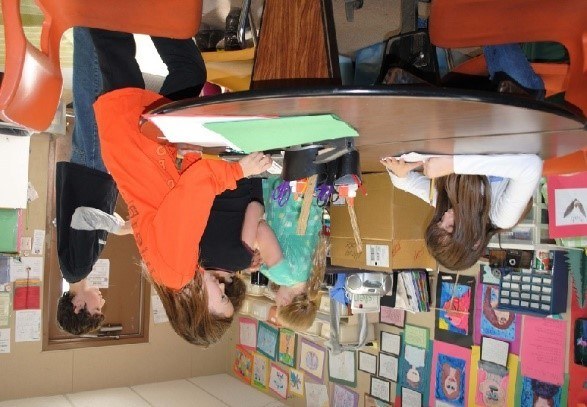Flipping your EFL Classroom? Your Students Will Thank You.
As an avid instructional technology advocate and EFL teacher, I became hooked on flipped learning the minute I first heard about it. After all, it made all the sense in the world to embrace this approach to teaching and learning within the context of teaching English as a foreign language.
English teachers often complain about the fact that they are expected to cover everything in the textbook, which severely limits the amount of time they can spend on communicative tasks. One advantage of flipping an EFL class is the ability to move some parts of a lesson out of the classroom and onto a virtual platform. It makes more class time available for students to engage in meaningful interaction in the target language while the teacher is present to offer feedback as needed. This is particularly useful in situations in which English is not normally spoken outside the classroom and it is necessary to maximize student talk time in English during class.
Also, flipping the classroom helps the teacher cater for different learning styles. Some of our students are visual learners and need to see the words that they are learning both in written form and as pictures; others are auditory and prefer to listen to the language; some are kinesthetic and need to interact with the language by navigating through the lesson and matching, rearranging and the like; others are analytic and want to see rules and examples; the list goes on and on. By recording a lesson and then enhancing it with text, images, audio, and interactions, you are likely to reach more of your students in a way that appeals and makes sense to them. An added benefit is the fact that students can play, pause, and repeat the lesson as they wish, something that is obviously not possible in a real class setting. This allows them to cover the materials at their own pace and maximize intake while also fostering increased learner autonomy.
Some teachers might feel a bit intimidated by the technical aspects of flipping the classroom but it’s actually no rocket science. Almost everybody has access to some device that can capture video. The first thing you may want to do is make a short video of yourself teaching part of a lesson. You could then post it on Youtube or Vimeo and share it with your students as is. However, you may want to enhance your video by inserting text with explanations and examples or pictures. One easy way to do this is by inserting your video into a presentation created with some free app like Google Docs or Office Online, which can also be used to add examples, pictures, sounds and other enhancements and also to share the final product online. If you want to add some interactions that your students can use as comprehension checks or for guided practice, you may want to use your school’s LMS or one of the free alternatives available online. What if your students have no internet connection? No problem, save your presentation in a USB drive or burn in onto a CD ROM and share it. Your students have no computers? Export your presentation as a video and burn it onto a DVD. After all, as the saying goes, when there is a will, there is a way. Give it a try.
Last but not least, if you would like to know how a flipped classroom contributes to student learning, the top benefits and disadvantages of a flipped classroom, and last but not least, how to successfully Flip your classroom, you are more than welcome to check the Flipped Classroom Guide for Teachers.









